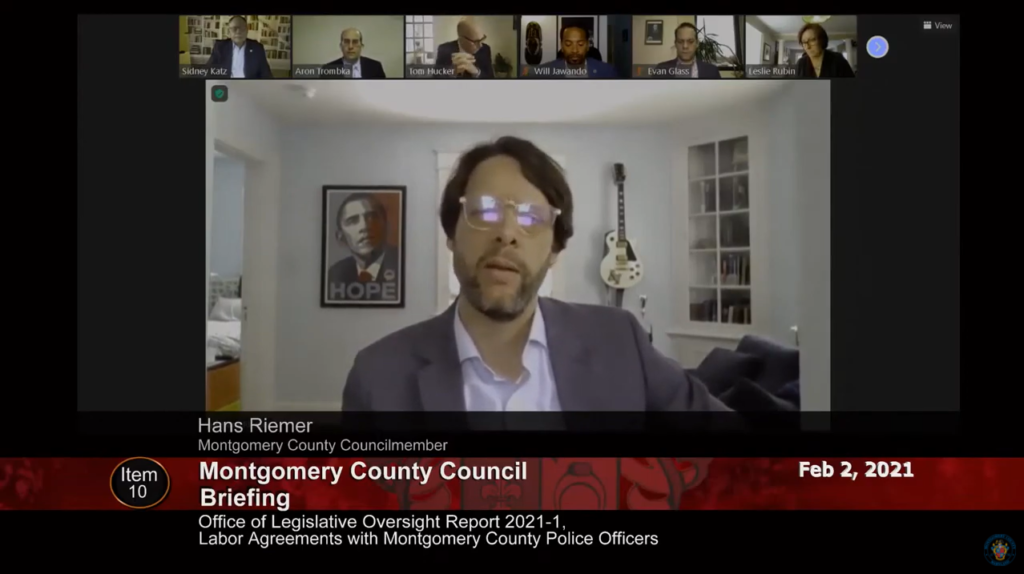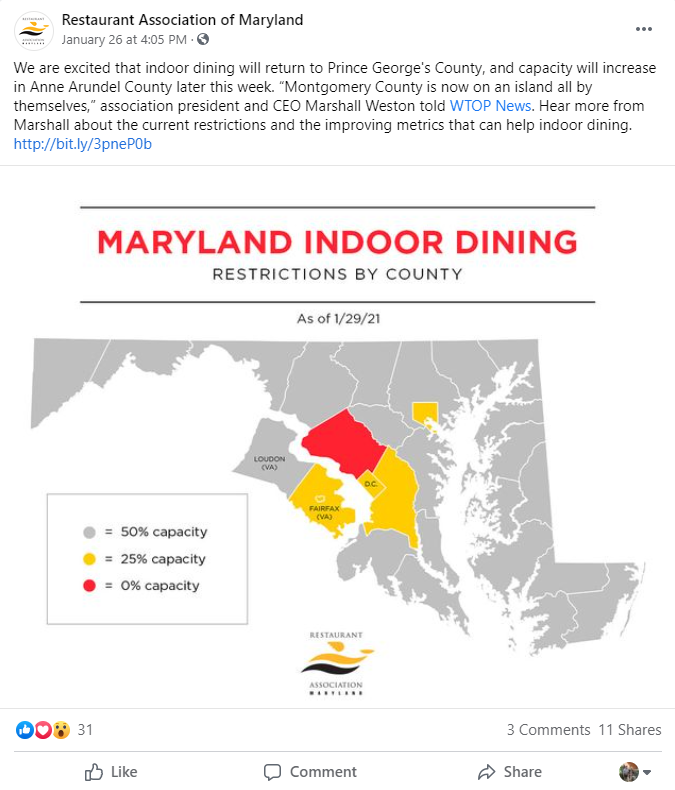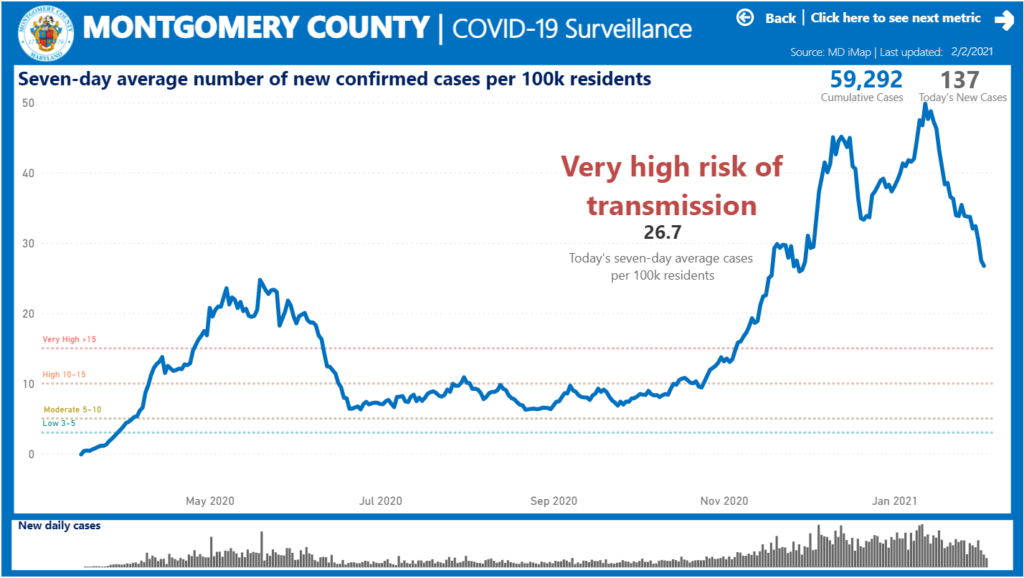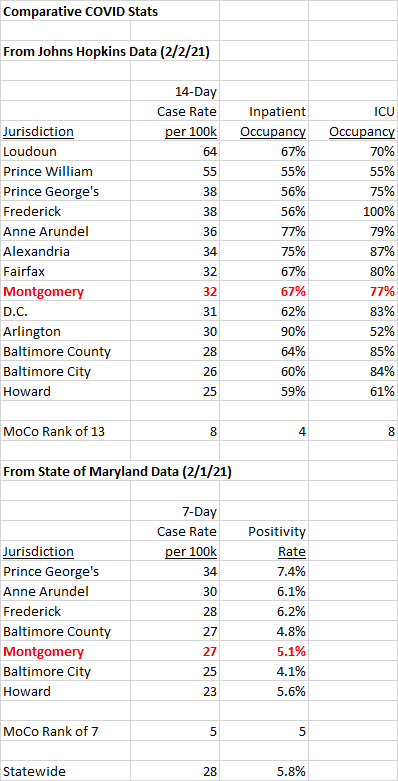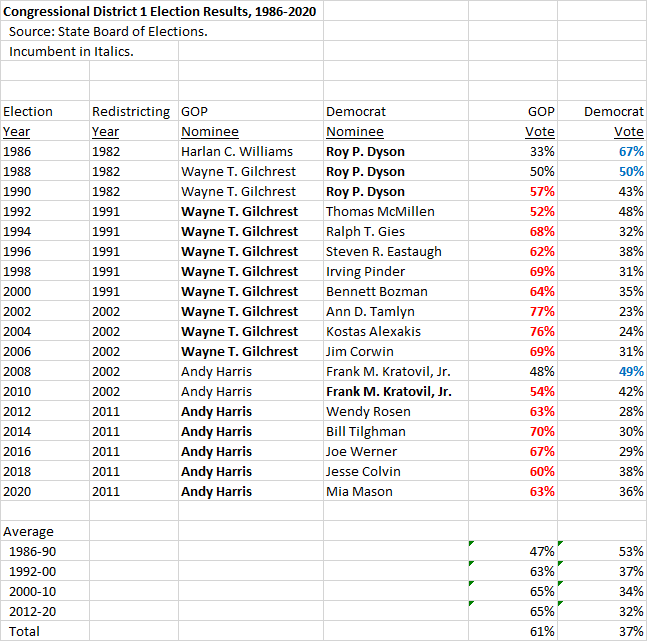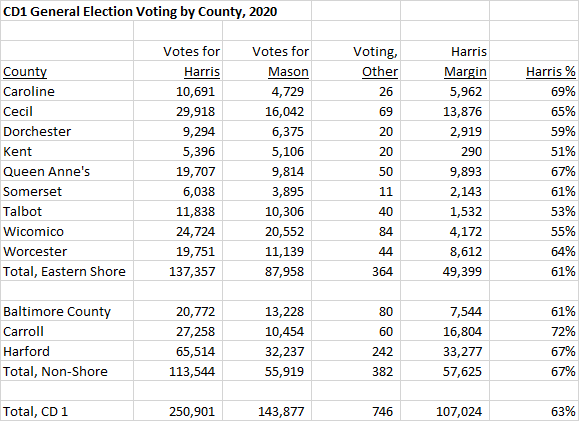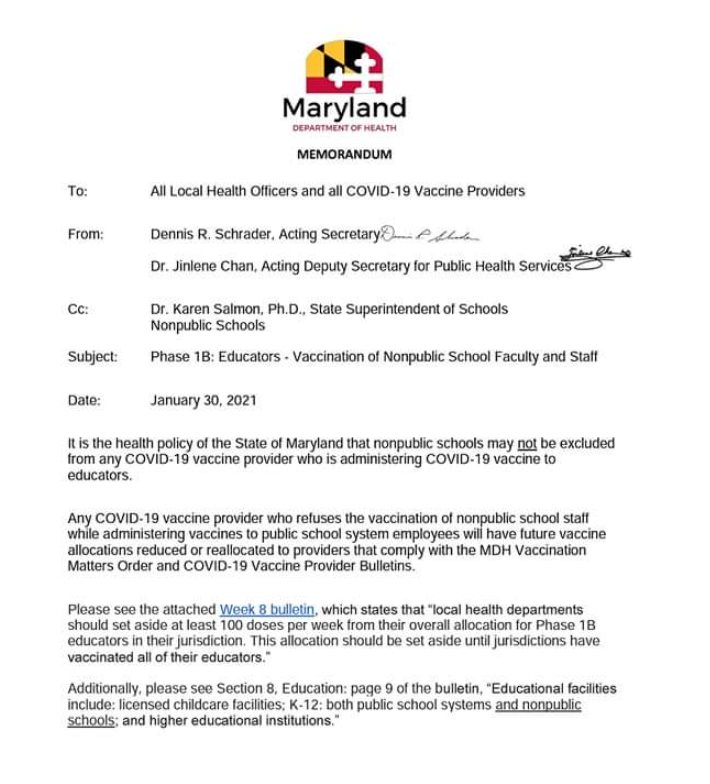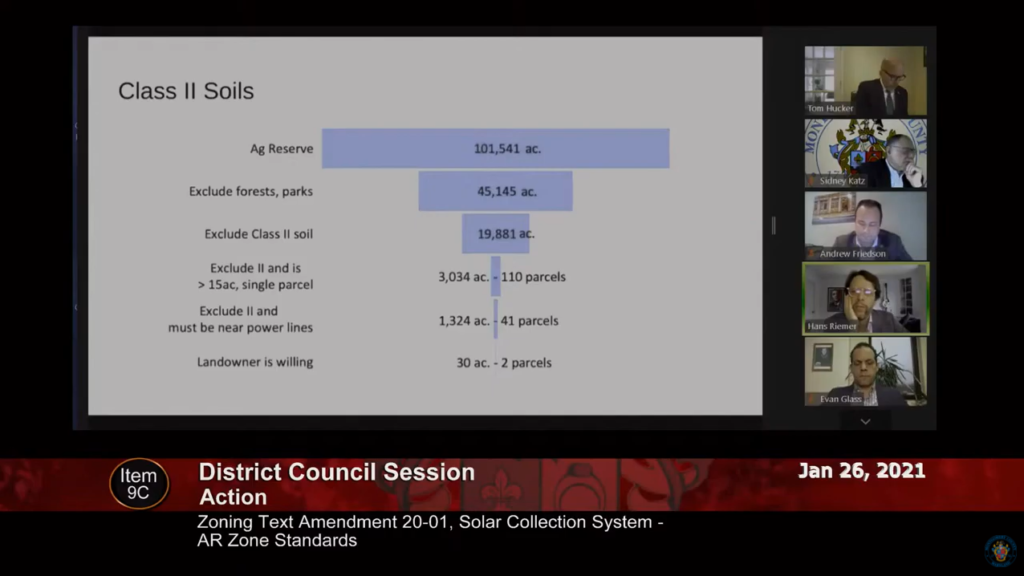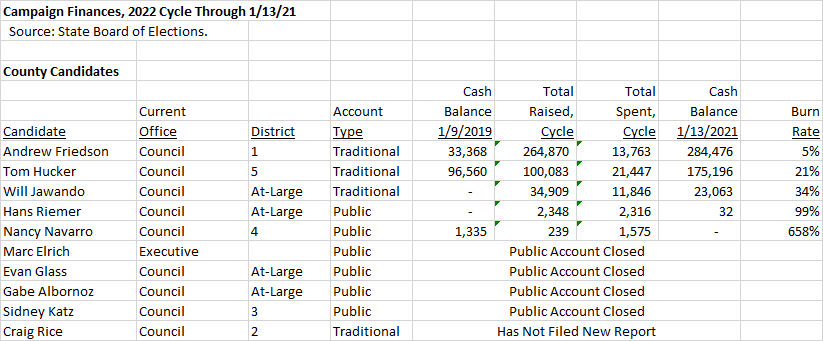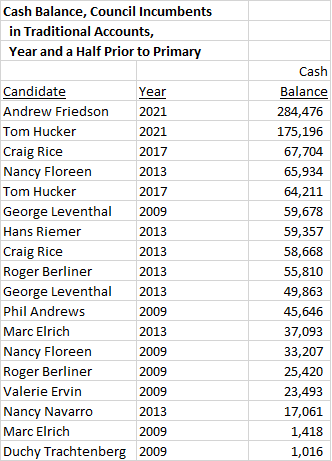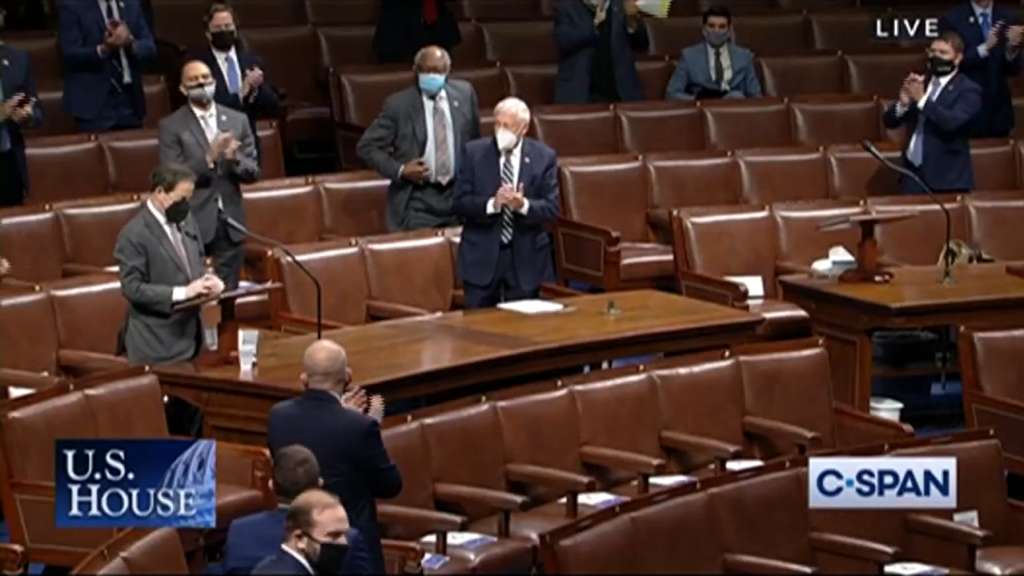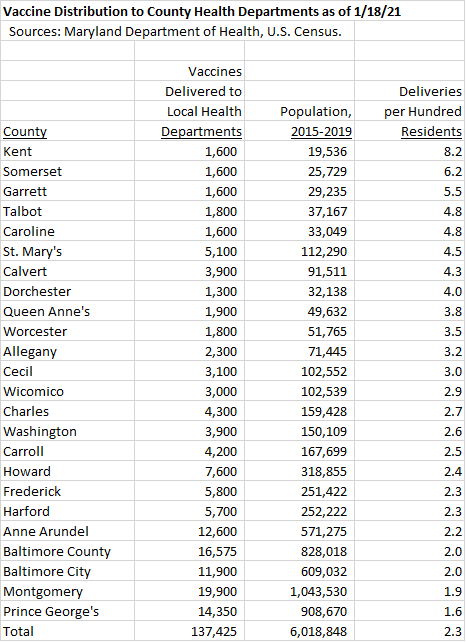By Adam Pagnucco.
Last summer, the county council passed a law regulating the use of force by Montgomery County police officers. On Tuesday, Council Members Hans Riemer and Will Jawando claimed that the Fraternal Order of Police Lodge 35 (FOP) had tied up implementation of the law through collective bargaining. If true, that would be a problem as county law preempts collective bargaining with county employees. However, the FOP has released a statement claiming that Riemer and Jawando are incorrect. The FOP claims that police department management has used the use of force policy to implement extraneous measures in order to circumvent their bargaining rights and violate the constitutional rights of their members.
The competing allegations are serious ones. The county council should determine which of them are right. The FOP’s letter to the council, which it posted on Facebook, is reprinted below.
*****
President Hucker,
I hope you and your family are staying safe and healthy during this world-wide pandemic. I am writing today to address a false claim that was publicly stated during yesterday’s council meeting. Councilmember Jawando stated that he was told that FOP Lodge 35, which represents more than 1,400 active and retired Montgomery County Law Enforcement Officers, has held up the implementation of Council Bill 27-20, Use of Force. Lodge 35 wanted to avoid a public battle over matters that are not directly related to the Council’s Use of Force Bill, but after deceptive claims have been made by anonymous sources to councilmembers, I believe it is important for you to hear from Lodge 35.
In late November 2020, the police department provided Lodge 35 with a draft copy of what it intended to release as the new use of force policy. The policy included the directives from the council through Bill 27-20, but it also included two other items that were not mentioned. The first would require officers to provide written statements, contrary to a U.S. citizen’s 5th Amendment rights. The second would institute punitive actions against officers who fail to qualify for annual handgun training. Lodge 35 has corresponded numerous times with police department representatives, telling them to implement the new policy as the council has written and to provide the necessary training to our members to achieve this goal. As of the writing of this letter, the department has not provided a training plan to the police academy staff, nor has it released the policy to our members.
I stated Lodge 35’s concerns to the council during the public hearing on Bill 27-20. One concern was that the department would try to use this policy to add things that were not included in the council’s law in an attempt to circumvent collective bargaining, or, in this case, an officer’s constitutional rights.
To blame Lodge 35 and ignore the police department’s responsibility to implement the training is not a fair, nor correct, assessment of what is taking place.
Respectfully,
Lee G. Holland
Corporate Vice President
FOP Lodge 35
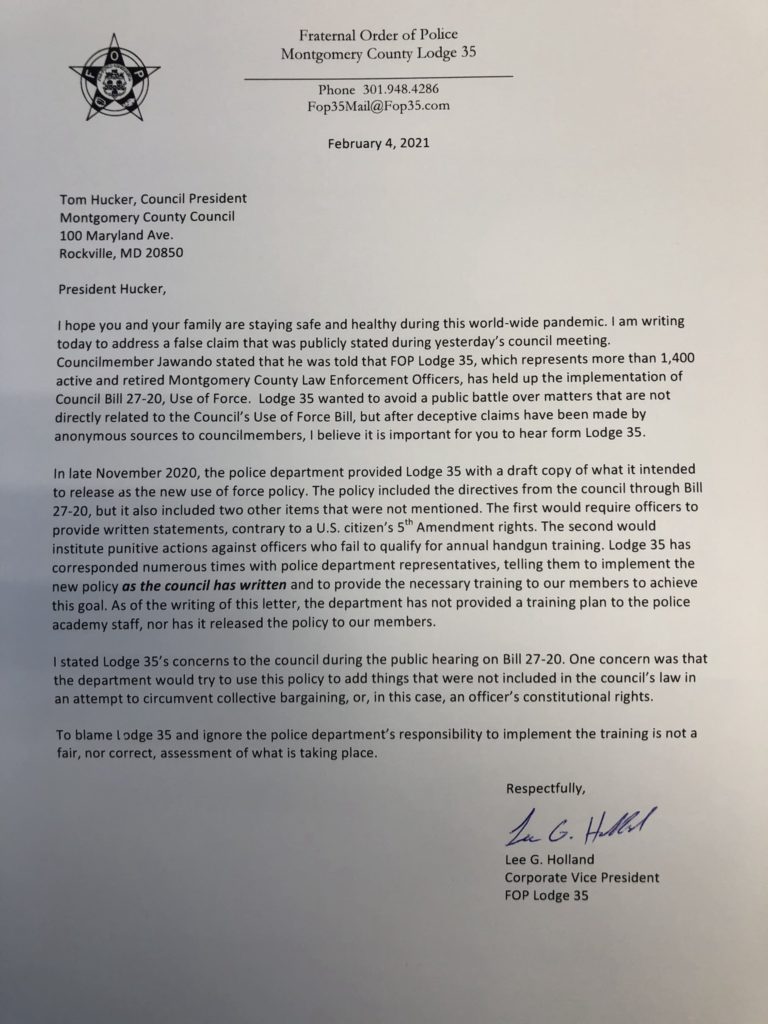
The letter from FOP Lodge 35 as posted on Facebook.

